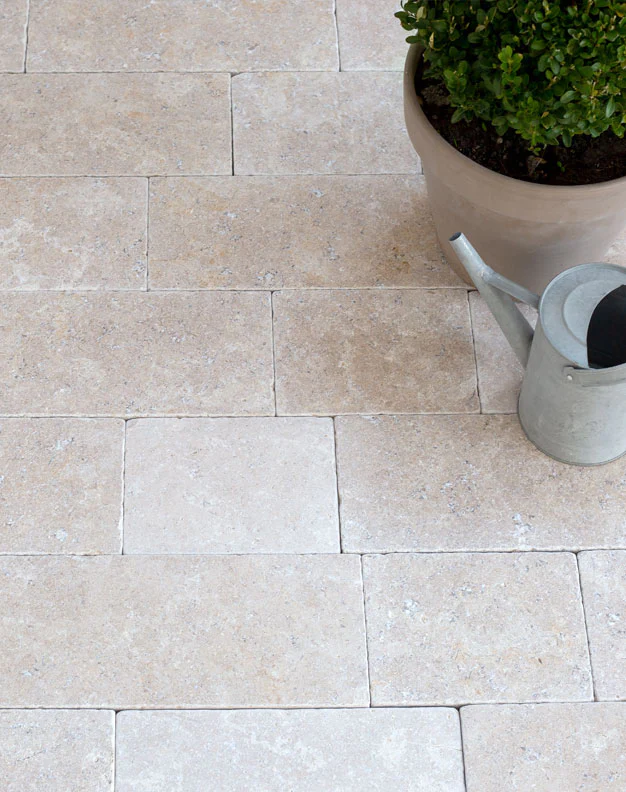
There are so many decisions you need to make when it comes to redesigning your kitchen,
but one that might not immediately spring to mind is the size of the tiles you want to use for
your kitchen floor. It might seem as though it doesn’t really matter as long as the floor is
covered, but the reality is that if you use the wrong tiles, the entire look of the kitchen can be
ruined. With that in mind, here are some things to consider when you’re choosing the size of
your kitchen floor tiles and why that decision is important.
The Visual Impact
The size of the tiles you use for your kitchen floor can have a big impact on how your entire
kitchen looks, so it’s worth searching for precisely the right tiles for you, and what’s right for
you will depend on the look you’re going for.
Larger tiles can make a room feel larger and more open, and when you put similar colored
grout in place, the entire look can be a smooth and seamless one. Conversely, smaller tiles
mean you can add intricate details and texture but may make the room appear busier. Think
about the size of your kitchen when you’re choosing the size of your tiles so you can get the
right visual impact in the end. Smaller kitchens may actually benefit more from larger tiles.
Fortunately, you can still get the preferred style of flooring, such as Dijon tumbled limestone,
from places like mystonefloor.com, in either small or large tiles. Take a look at the range of
sizing options they have available, and you can get the perfect tiles installed.
How Many Grout Lines?
You can’t just think about the tiles you’re going to use; you have to think about everything
that goes with the tiles too. One of those things will inevitably be grout lines. Grout lines are
the space in between the tiles, which, as the name suggests, is filled with grout, a substance
that helps to keep the tiles in place.
When you have larger tiles in your kitchen, you’ll need fewer grout lines, so there’s less initial
work, and there’s less to keep clean when it comes to taking care of your kitchen (grout can
easily discolor and get stained). When you have smaller tiles, you’ll have more grout lines,
and although there will be more to do, this also makes your floor more stable, and you’ll be
less prone to slipping (and the tiles will stay in place better).
Maintenance
When you’re redoing your kitchen floor, you need to think about how you’ll be able to
maintain it once it’s in place – it’s no good if your floor looks great for a little while but then
starts to look shabby or dirty because it’s hard to keep clean and take care of.
Larger tiles are usually easy to install because they cover more surface area quickly and are
easier to clean as there are fewer grout lines. However, if a tile becomes damaged, you’ll
need to change a larger area of your floor, and if you can’t find the right tile, you might need
to change all of it. Smaller tiles need more work, mainly due to the grout lines mentioned
above, but if there is a problem and you only have to change one tile, it won’t be such a
hardship.





Leave a Reply